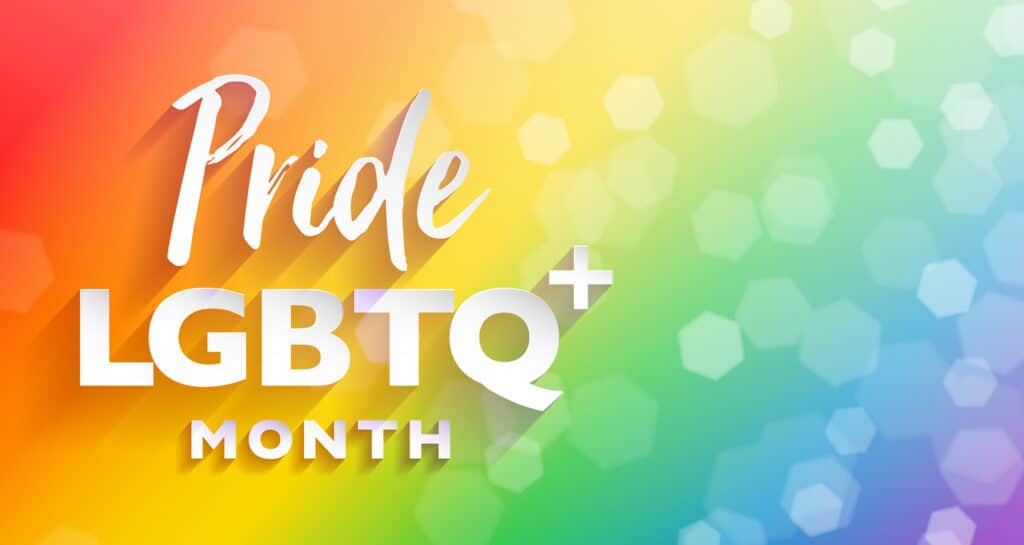Feeling pride in your LGBTQ+ identity is much easier when the people around you and the places you spend time every day are welcoming and affirming to you. There are no doubt thousands of LGBTQ+ students, faculty and staff who step foot on a community college campus every day, and they are looking and listening for something that tells them they are safe to be fully who they are. They may look for an LGBTQ+ student organization or for symbols such as pride flags, or equal signs, or “safe space” stickers on office doors. They may listen to their colleagues chat around the water cooler, or they may search the college website for a policy or for resources that speak directly to the needs of the LGBTQ+ community.

The number of Americans who identify as LGBTQ+ has increased over the past two decades, with nearly 20% of Generation Z ages 19 to 26 identifying as part of the LGBTQ+ community, compared to 3% of Baby Boomers, who are now 59 to 77 years old. This shift reflects changes in laws and policies, changes in social attitudes toward LGBTQ+ people as well as increased visibility, that together makes it safer for folks to be open and honest about who they are.
Preparing for a diverse workforce
In order to be a college of choice, an employer of choice and to be on the leading edge of diversity and inclusion, community colleges can follow the lead of more than 800 of America’s largest corporations, from General Motors to General Electric, Deloitte to T-Mobile, who for years have participated in the Human Rights Campaign (HRC) Corporate Equality Index. The benchmarking tool measures LGBTQ+ inclusive policies and practices, and reflects the trend in corporate America to recruit and retain a diverse workforce that includes LGBTQ+ people, in order to be the employer of choice. Imagine that your students are or will join this evolving workforce, and ask yourself whether their campus experience today is preparing them for the increasingly diverse and inclusive workplaces of the future.
Related article: DEI = acceptance, understanding, empathy and more
If you aspire to create a culture that fosters pride and belonging for the LGBTQ+ community, here are a few first steps to take:
- Adopt a workforce protection policy that includes sexual orientation and gender identity for all operations.
- Ensure that your website has LGBTQ+-related content and that your commitment to LGBTQ+ inclusion is explicit on public-facing communications and materials.
- Ensure that new-hire training clearly states the policies to support and protect LGBTQ+ employees, faculty and students.
- Integrate sexual orientation and gender identity in professional development for all staff.
- Ideally, include sexual orientation and gender identity status in student data collection, community surveys and board or other governing bodies.
- Implement a transgender-inclusive restrooms and facilities policy.
- Allocate space for LGBTQ+ students and their allies to gather and network.
- Integrate LGBTQ+ classroom materials and curriculum offerings.
- Celebrate Pride Month, National Coming Out Day, National Day of Transgender Visibility, etc.
- Use pronouns routinely on all formal internal and external communications, such as email signatures, name badges and student rosters.





